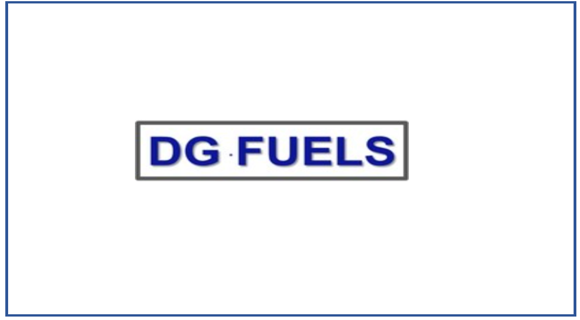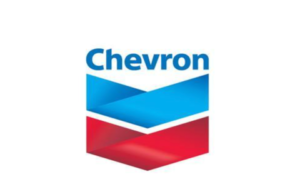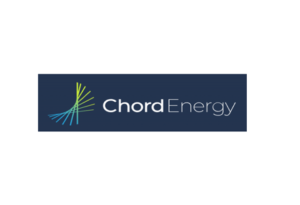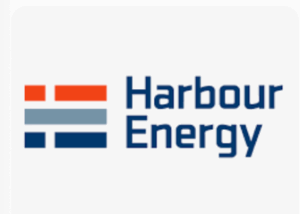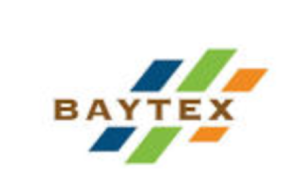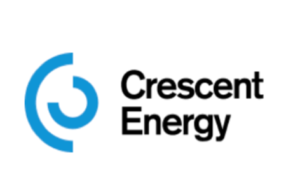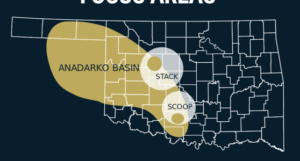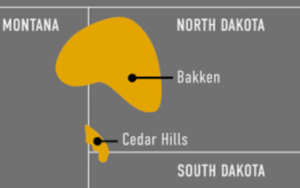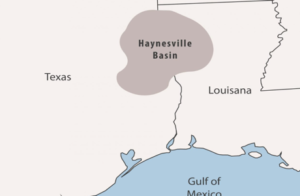There have been a number of ambitious projects for Sustainable Aviation Fuels announced in recent days, mostly from the Usual Suspects. But, an unusual suspect became more visible earlier this month when word arrived that DG Fuels was invited to submit a Part II Application for a loan guarantee under the U.S. Department of Energy Title XVII Loan Guarantee Program.
If successful, the proposed $2.15 billion loan guarantee from the DOE would accelerate the scaling up of the proposed sustainable aviation fuel project.
Where is it?
The first commercial scale project is in Louisiana and it’s a doozy. It’s expected to create approximately 633 new permanent union operating jobs and up to 2,100 construction jobs over three years. Expect it to be in St. James Parish on a 500+ acre site.
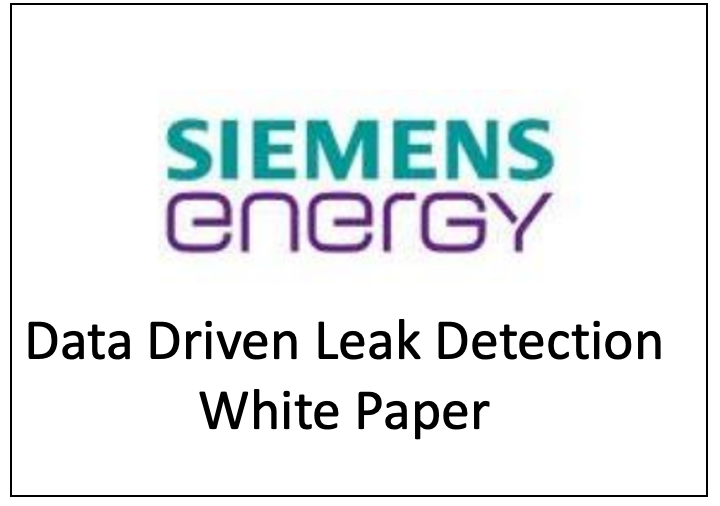
The capacity
If fully scaled up, the initial facility is projected to have a SAF production capacity of approximately 151 million gallons per year. Black & Veatch, which has been selected to complete the engineering work, is expected to play a large role in the completion of the project going forward.
When?
Think late 2024 for a fully operational, commissioned site
The technology
DG Fuels is building a low-CO2 life cycle emissions synthetic fuel system based on high carbon conversion technology that is targeting a 93% efficiency, the company relates.
The hydrogen and oxygen are supplied by water splitting, biomass provides carbon, and there’s some dry methane reforming using natgas an an input along with CO2, to achieve carbon efficiency.
Feedstock?
Think waste wood and corn stover. Possibly, cotton gin waste.
The basis is the Fischer-Tropsch process, which has traditionally used coal — one ton per barrel of oil — the problem with pathway that has been the emissions. Enter, renewables. Now, F/T technology is around, Velocys has F/T microchannel technology.
Here’s where DG becomes an Unusual Suspect, modifying the F/T process with, as the company states, “several mechanisms that will decrease the CO2- life-cycle emissions and reduce the quantity of feedstock required”. The company is applying for a patent on the modified process.
How? Primarily, by supplementing the process with oxygen and hydrogen produced by water electrolysis units that are powered by wind and solar.
But let’s keep our focus not only on the process that unlocks the value in the feedstock, let’s think about that feedstock itself. Which is to say, “NOT FOG!” or should we put that more politely as, “”diversifying the feedstock pool in order to reduce the risk of potential cost and availability headwinds.”
The price of waste fats oils and greases has been on the rise. Around the industry, some are saying that it has, or will, rise to 60 cents a pound, meaning that you start making fuels from a base feedstock cost of around $4.50 per gallon. And, it’s tough explaining to shareholders why you would convert 2.1 gallons of ethanol into a gallon of jet if ethanol sells for more than jet fuel, which it has been known to do. Not always, but you get the idea. What Eric McAfee at Aemetis called the Natural Law of Alternative Commodity Markets, or NLACM, which is pronounced a CFO who is trying to say “you’ll like it” while being strangled by a shareholder.
Bottom line, the cost of feedstocks has to come down, and the biggest, brightest shiniest objects in the starry SAF skies, tend to be projects trying to, ahem, “diversify the feedstock pool”.
The carbon advantage?
These changes are aimed to eliminate the need for carbon sequestration and reduce the system’s feedstock handling costs and complexity. Additionally, DGF’s production method produces ASTM certified direct replacement fuel with greater fuel density, lower particulate and NOx emissions. And, you get a drop in fuel suitable airlines,
The financing
It’s a big project, $3.6 billion is what we’ve learned. So, there’s the potential for loan-guaranteed debt, the prospect of tax-exempt bonds, some vendor financing and as much as $800 million in equity.
The capex per gallon for drop-in fuels is high — in this case, more than $23 per installed gallon, though, keep in mind that there’s more than fuel coming out of the process, there’s renewable power, too, and liquid oxygen as well.
Who’s on the DG Team?
With tax-exempt bonds and a DOE loan guarantee, someone in Digestville is shouting right now, “Calling Mark Riedy” — worry not, the Washington Wizard is already on the case. As is, we understand, New Energy Risk.
From a technology POV, you don’t have to guess that Black & Veatch is the EPC, that’s in the public domain. Gasification, process technology, control systems, gas handling, fuel upgrading, think “established industry players” of the type that you’d always see at an ABLC meet-up.
The Bottom Line: There’s more to learn
Who’s buying the fuel, who’s providing the feedstock, who’s providing the technology performance insurance, who are providing the independent reports, who’s going to operate? What about the oxygen offtake? And, how many sites can you build, and where? 10, 20?
All of that we expect will be sorted when DG Fuels CEO Mike Darcy makes his debut on the ABLC stage on the morning of October 29th.
Source: The Digest
Energy News
Oil & Gas Permits

